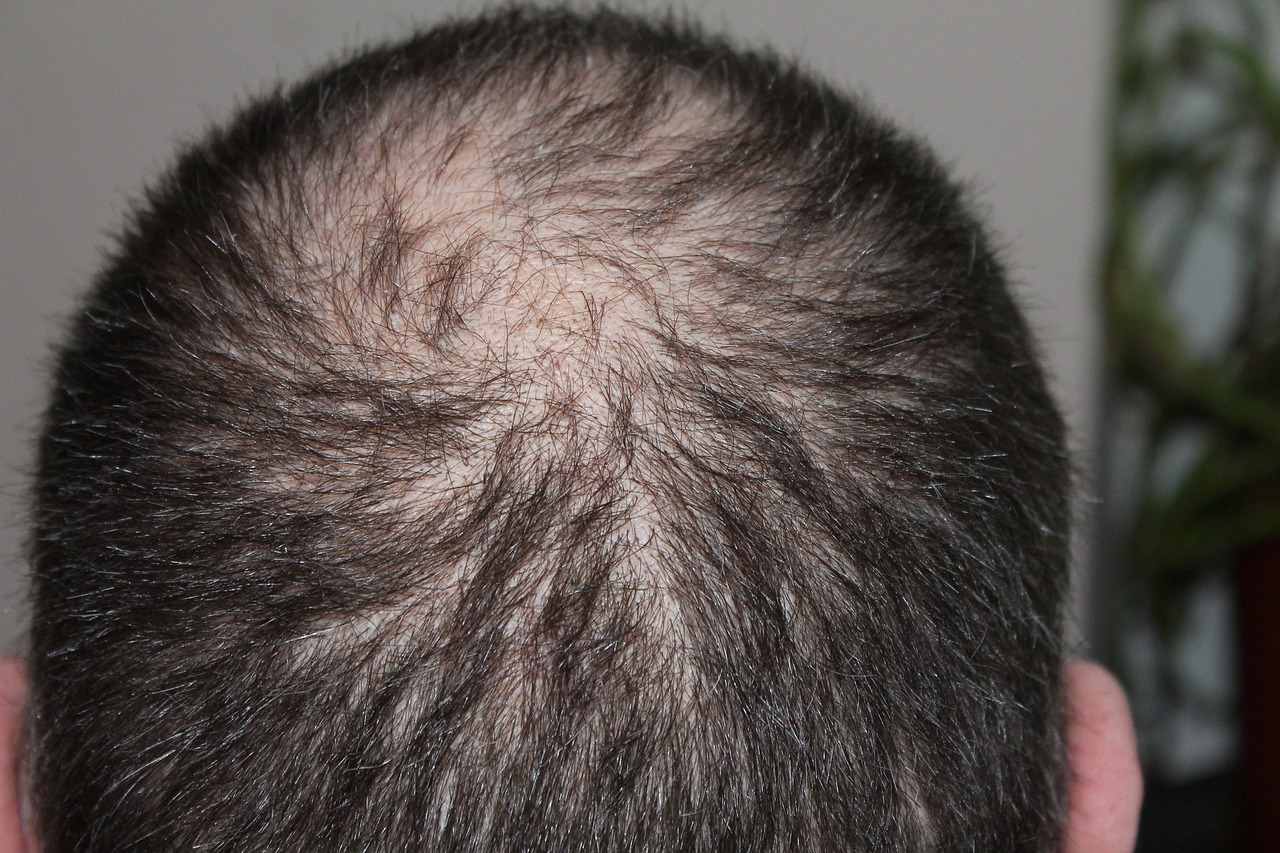Hair loss, also known as alopecia, is a condition in which hair falls out from the scalp or other parts of the body. It can be caused by a variety of factors, including genetics, hormonal changes, medications, nutritional deficiencies, stress, hairstyles and treatments, and medical conditions.
Hair loss can occur in different patterns and with different symptoms, such as thinning hair, receding hairline, bald patches, excessive shedding, changes in hair texture, and scalp itching or irritation. The specific symptoms depend on the underlying cause of hair loss.
What is the cause of hair loss and treatment for hair loss varies depending on the cause and severity of the condition. It may include medications, topical treatments, hair restoration procedures, lifestyle changes, and nutritional supplements. It's important to speak with a dermatologist or healthcare professional if you are experiencing hair loss to determine the underlying cause and develop an appropriate treatment plan.
Baldness, also known as alopecia, is a condition in which hair loss occurs from the scalp or other parts of the body. There are several types of baldness, including:
1. Androgenetic alopecia: This is the most common type of baldness, also known as male-pattern or female-pattern baldness. It is caused by a combination of genetics and hormones and typically results in a receding hairline and thinning on the top of the head.
2. Alopecia areata: This is an autoimmune disorder in which the immune system attacks hair follicles, causing hair loss in patches on the scalp or other parts of the body.
3. Telogen effluvium: This is a temporary form of hair loss that occurs when the hair growth cycle is disrupted due to stress, medications, hormonal changes, or other factors.
4. Traction alopecia: This is caused by repetitive pulling or tension on the hair, usually from tight hairstyles such as braids or ponytails.
5. Scarring alopecia: This is a rare form of hair loss that results from damage to the hair follicles, which can be caused by infections, burns, or other forms of injury to the scalp.
Treatment for baldness varies depending on the type and underlying cause, and may include medications, hair transplants, or lifestyle changes. It's best to consult with a holistic dermatologist or healthcare professional to determine the most appropriate treatment plan.
Hair loss symptoms
Hair loss can present itself in several ways, and the symptoms can vary depending on the underlying cause. Here are some common symptoms of hair loss:
1. Thinning hair: One of the earliest signs of hair loss is thinning hair, particularly around the crown or top of the head. This can be more noticeable when hair is wet or pulled back.
2. Receding hairline: Men with androgenetic alopecia may notice a receding hairline, which can progress over time.
3. Bald patches: With alopecia areata, hair loss occurs in patches, typically on the scalp but sometimes on other areas of the body.
4. Excessive shedding: Telogen effluvium can cause an increase in shedding, with more hair falling out than usual during brushing or washing.
5. Changes in hair texture: Some types of hair loss can cause changes in the texture of the hair, such as becoming more brittle or dry.
6. Itching or scalp irritation: Certain types of hair loss, such as fungal infections, can cause itching or irritation of the scalp.
It's important to speak with a holistic dermatologist or healthcare professional if you are experiencing any of these symptoms, as they can help determine the underlying cause of hair loss and develop an appropriate treatment plan.
There are several factors that can contribute to hair loss, and the root cause can vary depending on the individual. Here are some of the most common causes of hair loss:
1. Genetics: The most common cause of hair loss is genetics. If hair loss runs in your family, you may be more likely to experience it.
2. Hormonal changes: Hormonal changes can cause hair loss, such as during pregnancy, menopause, or thyroid issues.
3. Medications: Certain medications can cause hair loss as a side effect, such as chemotherapy drugs, blood thinners, and antidepressants.
4. Nutritional deficiencies: A lack of certain nutrients, such as iron or vitamin D, can contribute to hair loss.
5. Stress: Stress can disrupt the hair growth cycle and lead to hair loss.
6. Hairstyles and treatments: Certain hairstyles, such as tight braids or ponytails, and treatments like perms or coloring can damage hair and lead to hair loss.
When it comes to what is the cause of hair loss, a dermatologist may explore a range of potential underlying causes, such as nutritional deficiencies, hormonal imbalances, stress, and environmental factors. They may also recommend a variety of natural treatments, including dietary changes, supplements, scalp massages, essential oils, and other non-invasive therapies.
It's important to note that while holistic treatments may be effective for some individuals, they should not be relied upon as the sole treatment for hair loss. It's important to consult with a dermatologist or healthcare professional to determine the underlying cause of hair loss and develop an appropriate treatment plan, which may include a combination of conventional and holistic approaches.


